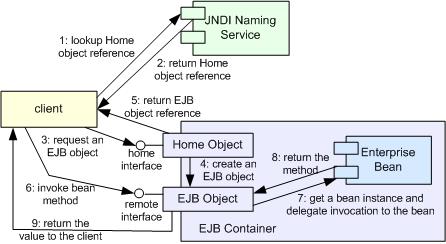ARISTA - ACROSSJuly 2004 - June 2005Content: |
 |
Management Summary
The purpose of the portal to be developed was a general system for managing the human resources and planning activities for organizing courses for its clients. The complexity of the different vacation regulations for the numerous employees made it so that a manual planning would take too much time in order to guarantee a continuity of service for their customers, and could quickly become akin to playing organizational tetris.
Team Composition
Project Manager: Gregory Deruelle
Analysts/Developers: Guy Geens, Peter De Kinder
Lessons Learned
The main idea behind the architecture of this application was to create a distributed character, splitting the user interface and the back office services over different servers. This would allow for independent scaling of the services. Where the application was not that heavy on system resources, with only a few users, the services were aimed at being heavily reused in future developments of the organization, and could thus require both vertical and horizontal scaling. This distributed character was implemented using Enterprise Java Beans that would be accessed using the standard method of remote access through JNDI lookup. Although it quickly became clear that this version of EJB (at the time this was EJB2.0) was intensive to develop (7 classes/interfaces were needed to get an EJB to work), it did fulfill the need and performed more than adequately. The number of classes/interfaces needed were luckily drastically reduced when the next iteration of this technology in the form of EJB3.0 came along.

The front-end was also at the cutting edge (or even ahead of its time), as a JavaScript framework was developed and used to give the users a more desktop feel for their application, reminiscent of the desktop application they had become used to. Not quite a jQuery or Node.JS, but certainly steps had been taken to curb the freewheeling nature of JavaScript at the time, and produce a bit of repeatable and less error prone structure to be used as an asset for later development.
| Project | Silo Architecture | Healthcare Sector |


